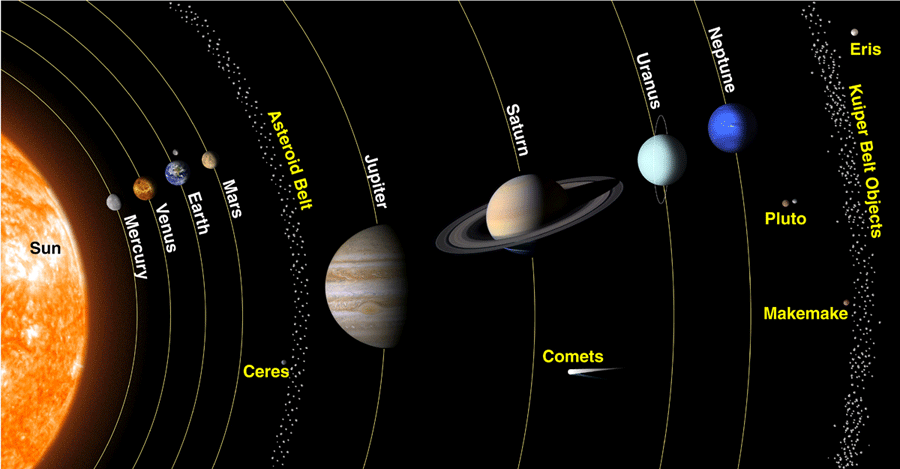Dawn’s approach and trajectory as it begins its orbital “dance” with Ceres. As you watch, note the timeline at upper right.
We've made it. It has been a 2 1/2 year journey to Ceres, but Dawn has finally made into orbit around the dwarf planet at 6:39 a.m. (CST) Friday morning. This is the first mission in history to achieve orbit around a dwarf planet. If that's not enough the New Horizons probe is set to arrive at Pluto later this year, making 2015 an amazing year in space exploration.
Of course, it isn't just about Ceres. On its journey, Dawn took a 14-month tour of the asteroid Vesta before heading of the small world in the middle of our solar system. Currently, the craft is some 498 million km (310 million miles) from Earth. This means that radio signals, which are able to travel at the speed of light, take nearly an hour to make the round trip (some 55 minutes in total).
“We feel exhilarated,” said lead researcher Chris Russell at the University of California, Los Angeles, after receiving news that Dawn had made it into orbit and was functioning properly. And now, Dawn is set to begin its most exciting work. Currently, it is 38,000 miles (61,000 km) from Ceres, and it has a view of the opposite side of the dwarf planet from the Sun. This means that we will be seeing Ceres as a crescent for some time. Ultimately, Dawn won’t catch a glimpse of Ceres’ fully sunlit hemisphere until sometime in early-mid April.
Over the course of the next month, the craft will gradually spiral down to Ceres to reach its “survey orbit,” which is about 4,340 km (2,730 miles). It will reach this location in April. From there it will use its science camera and visible and infrared mapping spectrometer to gather pictures and data. The slow pace of the craft's orbit will allow Dawn to spend an average of 37 hours examining Ceres’ dayside for each revolution. However, throughout this time, it will keep getting closer. NASA will continue to lower the spacecraft throughout the year until it reaches its minimum altitude of 370 km (235 miles).
And for those of you who think that Pluto should still be a planet, it's interesting to note that Ceres was also once considered a planet. “Since its discovery in 1801, Ceres was known as a planet, then an asteroid and later a dwarf planet,” said Marc Rayman, Dawn chief engineer and mission director at JPL. “Now, after a journey of 3.1 billion miles (4.9 billion kilometers) and 7.5 years, Dawn calls Ceres, home.”
More about Dawn’s incredible accomplishment can be found in the excellent Dawn Journal, written by Dawn chief engineer and mission director Marc Rayman.
Share This Article
